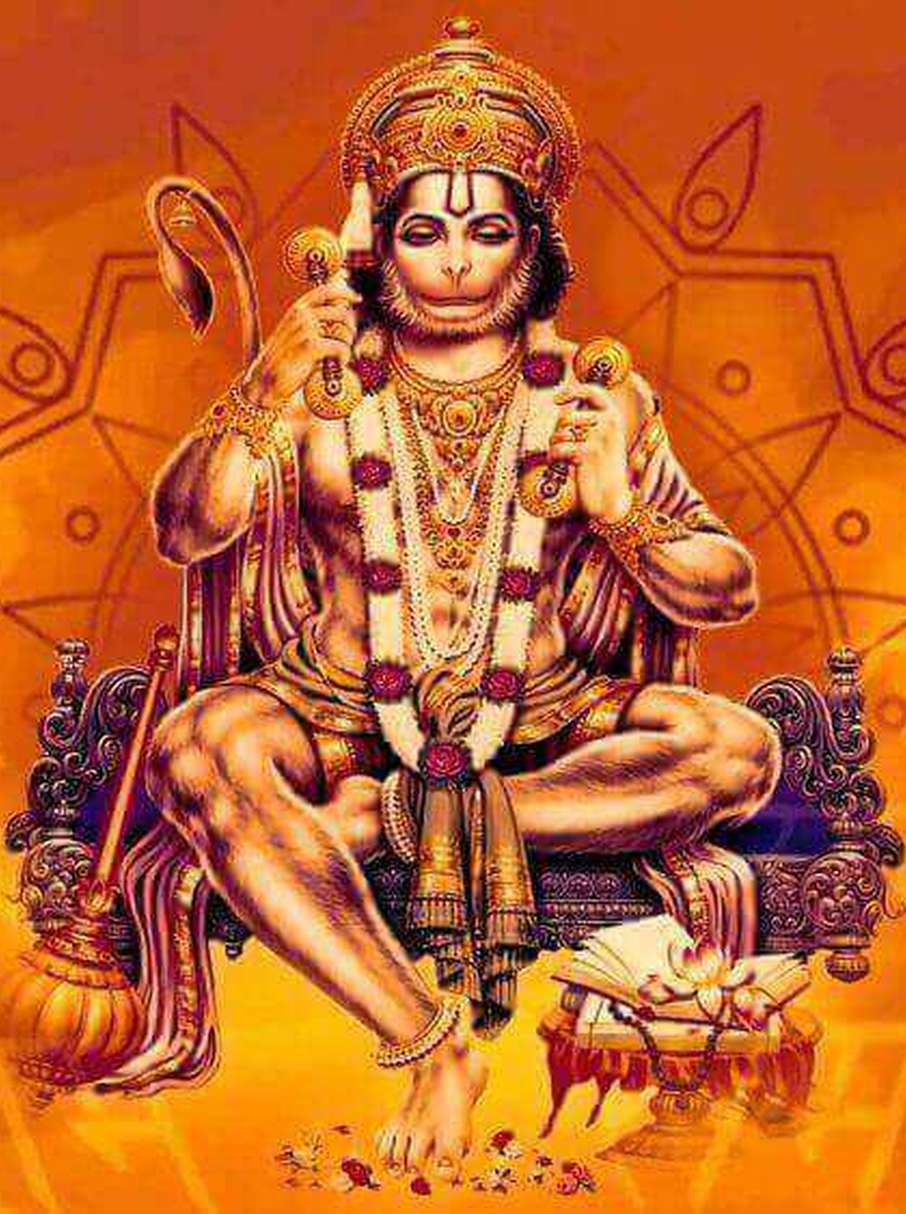

SundarKand Path
Get Blessing of Lord Hanuman
The fifth book of the illustrious Hindu epic Ramayana is referred to as the Sunderkand path or Sundara Kanda. It was a Sanskrit poem by the renowned sage Valmiki. The chapter was afterward translated into Ramcharitmanas by Goswami Tulsidas from the Awadhi language. In general, Sundarkand refers to The Book of Beauty. The seven kand characters in the Ramayana are Bala Kanda, Ayodhya Kanda, Aranya Kanda, Kishkindha Kanda, Sundara Kanda, Yuddha Kanda, and Uttara Kanda. Lord Ram serves as the main character in each chapter or Kand.
When to Perform SunderKand Path?
Hanuman is often worshipped on Tuesdays, and performing Sundarakand puja on this day is considered auspicious. Some people choose to perform Sundarakand puja on Purnima, the full moon day, as it is considered a sacred time in the Hindu calendar.
Duration
A group Sunderkand path can be done at any time but gives maximum benefit when done after 07:00 PM.
Required Pooja Samagri
- Boondi or Badana
- Coconut
- Roli (Kumkum)
- Haldi
- Incense Sticks
- Safforn
- Flowers
- Rice
- Pan Leaves
- Thalis
- Lota (Kalash)
- Dry Fruit
Notes
Other requirements include Ganga Jal, Havan Samagri, Shankha, Red Thread, Durba Grass, Bowls, Plates.
Benefits of Puja
It removes obstacles in a devotee’s path and provides abundance and prosperity.
Reciting Sunderkand’s path can help in keeping the devils away. It removes negativity.
The puja may be conducted to counteract the effects of negative energies.
Families often perform Shanti Puja to promote harmony and unity among family members.
Understanding Sunderkand with meaning helps to takes away all the fear.
Performing Sundarakand puja is a way of honoring the epic Ramayana and the values it represents.
